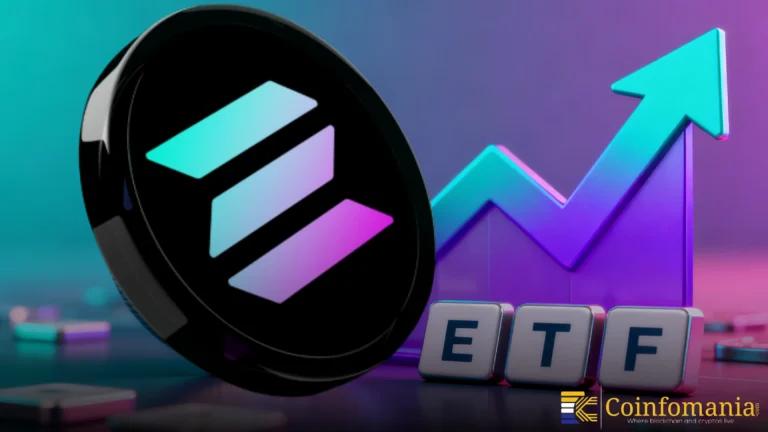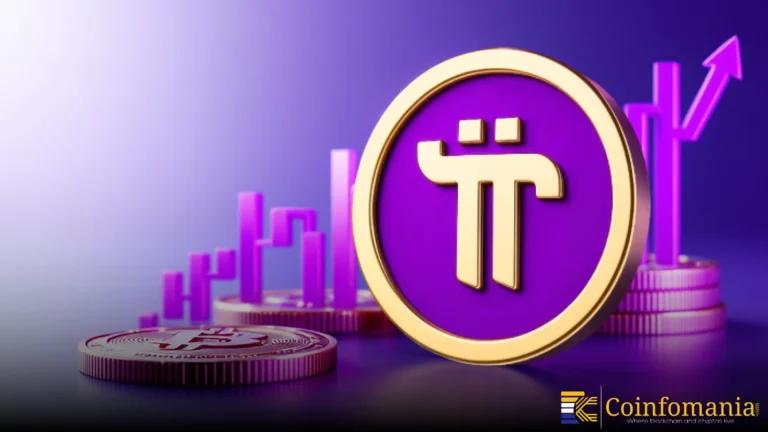Flow Blockchain Targets 1 Million TPS as It Reimagines Web3 Infrastructure
Flow Blockchain targets 1 million TPS with no sharding or rollups reshaping Web3 with scalability, EVM support, and sustainability.

Quick Take
Summary is AI generated, newsroom reviewed.
Flow targets 1 million TPS without sharding or Layer-2s, aiming for seamless app composability.
EVM compatibility added, allowing Solidity contracts to run natively alongside Cadence.
Eco-friendly blockchain, using just 0.18 GWh annually with sub-second block times and minimal fees.
No sharding, full composability: Flow scales vertically with a multi-node architecture to preserve decentralization.
Massive Scaling Without Sharding Sets Flow Apart in Blockchain Architecture
Flow Blockchain has unveiled an ambitious roadmap to reach 1 million transactions per second (TPS).
This makes Flow one of the few Layer-1 chains aiming to scale without sharding or Layer-2s.
Unlike modular designs, Flow plans to maintain composability across apps using native execution layers.
The network’s throughput goal includes scaling both state and transaction processing simultaneously. Flow’s design can manage a petabyte of data on a single global state, with no data fragmentation. This removes the complexity of cross-shard messaging, which plagues sharded or rollup-based chains.
Flow uses a multi-node architecture, separating roles into collection, consensus, execution, and verification. This setup boosts throughput while preserving decentralization — a rare balance among Layer-1 protocols. In contrast, Ethereum relies on external scaling (Layer-2), risking fragmented app interoperability.
EVM Support, Developer Incentives, and Environmental Leadership
Flow blockchain has recently introduced Ethereum Virtual Machine (EVM) compatibility on its network. This lets developers port Solidity smart contracts directly, without rewriting code in Cadence. Cadence, Flow’s native language, still powers unique features like gasless transactions and account abstraction.

Flow State Chart
Flow’s developer onboarding tools include testnet incentives, in-depth docs, and high-grant ecosystem programs. The platform prioritizes usability for consumer-grade apps, like games, marketplaces, and collectibles. Notably, Flow supports major projects like NBA Top Shot, UFC Strike, and Mattel’s digital platform.
On sustainability, Flow operates using only 0.18 GWh annually, less than many corporate servers. The blockchain boasts 0.8 second block time and $0.000179 per transaction, ensuring real-time affordability. With such performance, it leads among carbon-neutral Layer-1s for energy efficiency and cost.
Flow’s roadmap confirms it will not use sharding or off-chain rollups for scaling. Instead, it builds vertically — scaling the chain directly without reducing security guarantees. This approach reinforces Flow’s thesis: consumer-grade Web3 needs speed, security, and unified global state.
Follow us on Google News
Get the latest crypto insights and updates.
Related Posts

XRP Community Spots “589” Signal in Times Square New Year’s Display
Triparna Baishnab
Author

Solana Tops All Major Blockchains in 2025 Revenue, Claims Industry Leadership
Triparna Baishnab
Author

Pi Network Academy Pushes Back Against GCV Narratives, Urges Pioneers to Trust Official Sources
Triparna Baishnab
Author